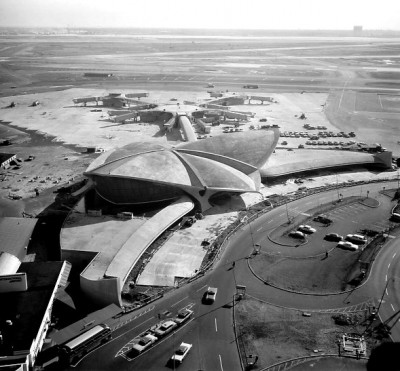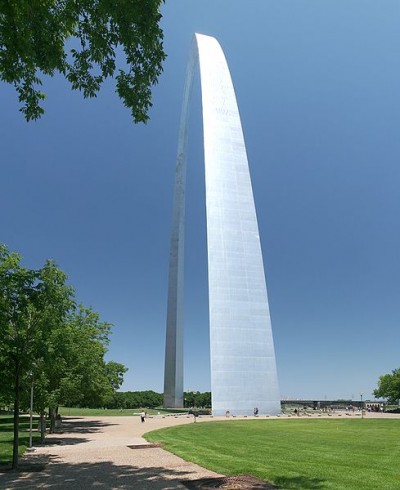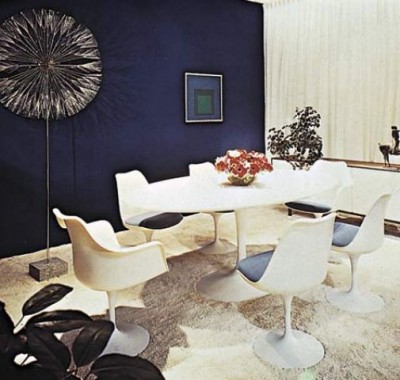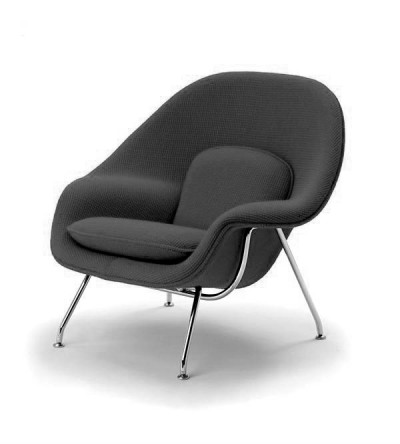EERO SAARINEN
|
Eero Saarinen was one of the 20th century’s great visionaries, both in the fields of architecture and in furniture design. He created the ubiquitous Knoll “Tulip” chair. His works became icons in themselves: Marrying curves and dynamic forms with a modernist aesthetic, he brought a whole new dimension to architecture that continues to inspire architects today. Working on the TWA terminal, Eeero Saarine and Kevin Roche. In America’s postwar years, architects and builders were redefining modernism, taking advantage of new construction techniques and materials to create a visual language for the 20th century. Finnish-American architect Eero Saarinen was amazingly prolific and successful throughout this era, designing projects such ass the Gateway Arch in St. Louis and the TWA Flight Center at New York’s JFK Airport or community churches and individual homes. The very sculptural and fluid TWA terminal at JFK Airport in New York, 1962. Dulles International airport, Washington D.C. 1959. Eero Sarinnen working on a model of the 630-foot high “Gateway to the West,” the Arch of St. Louis. Construction of the David S. Ingalls Hockey Rink, Yale University, New Haven, Connecticut, 1959. The first major work by Saarinen, in collaboration with his father, was the General Motors Technical Center. Water tower and frozen water feature, General Motors Technical Center, Warren, Michigan, 1945. Living area from terrace, Miller house, Columbus, Indiana, 1957. Eero Saarinen and Florence Knoll working on a Tulip chair. “…all parts of an architectural composition must be parts of the same form-world.” -Eero Saarinen. The Womb chair, 1948, was the result of collaboration with Charles Eames. Saarinen sought to design a chair which would allow several sitting positions. Exquisitely comfy, sleek and stylish, this chair has it all. Eero Saarinen said, “A chair should not only look well as a piece of sculpture in a room when no one is in it, it should also be a flattering background when someone is in it.”
Guardar Related posts: |


































